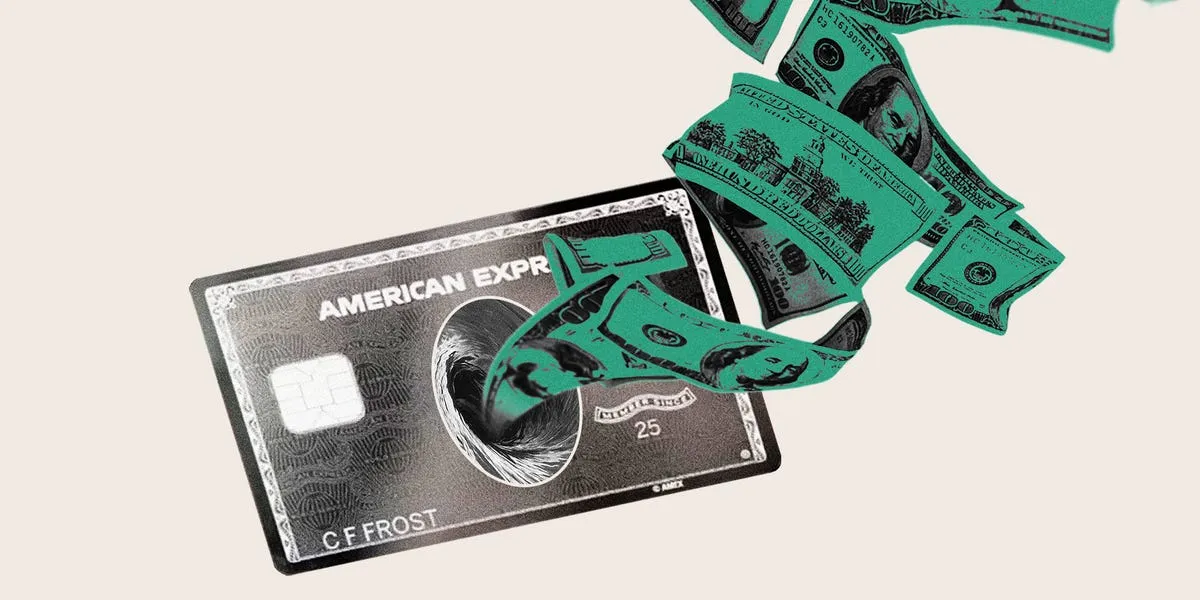
Approximately once a quarter, I engage in what I refer to as Look At Money Time. During this crucial financial check-up, I meticulously review my credit cards and bank accounts. This process helps me identify forgotten subscriptions, assess my retirement savings, and even evaluate my habits, like ordering from Seamless. Recently, I’ve found myself grappling with a significant concern regarding my American Express Platinum card. Despite my previous skepticism as a millennial, I was swayed by Gen Z's enthusiasm for Amex, which I discussed last year. However, the annual fee for the Amex Platinum card has now skyrocketed from $695 to an astonishing $895, transforming my routine financial review into a full-blown Worry and Judge Self About Money Extravaganza.
Launched in 1984, the Amex Platinum card has long been regarded as one of the most prestigious credit cards, alongside the Chase Sapphire Reserve. While ultra-elite black cards demand annual fees that reach into the thousands, both Amex and Chase offer relatively more accessible options that cater to consumers with sophisticated tastes but modest budgets. Ted Rossman, a senior credit cards industry analyst at Bankrate, notes that these cards appeal to a mass market, albeit at the higher end. With the recent fee increase, I find myself questioning whether this card still belongs to the mass market.
In today's increasingly stratified consumer landscape, fancy rewards cards have become status symbols, providing access to exclusive deals and perks. However, they can also feel like financial traps, especially for those who aren’t keen on tracking points. Is the access to overcrowded airport lounges worth a full 1% of the median income in America? While I've appreciated my experiences with the Amex Platinum card, doubts linger. Historically, Amex was a card primarily used by affluent, older individuals. Now, however, it enjoys widespread acceptance, attracting a younger demographic, with Millennials and Gen Z accounting for about 60% of its new customers globally.
In light of the annual fee hike, Amex is trying to justify the increase by introducing new benefits it claims could be worth up to $3,500. The card now offers an additional $400 in annual credits for dining through the restaurant booking app Resy, which Amex owns, along with $300 for Lululemon and $120 for Uber One. Additionally, credits for digital entertainment subscriptions like YouTubeTV and Paramount+ have been raised to $300 per year. Existing benefits, such as airline fee credits and perks with Walmart+, Saks, and Equinox, remain intact. This shift signifies Amex Platinum's transition from a travel-centric card to a comprehensive lifestyle card.
While the added benefits may outweigh the increased annual fee, as emphasized by Nick Ewen, senior editorial director at The Points Guy, it’s essential to analyze personal usage. I’ve realized I could be more organized in utilizing these perks. For instance, I’ve consistently received the Walmart+ credit every month, yet I’ve never actually purchased anything through Walmart+. My lack of tracking has resulted in missed opportunities, such as bonus points and other benefits tied to my Platinum card. More annoyingly, I’ve spent frivolously, like buying a minimal item from Saks just to qualify for a $50 credit.
Many users view the Amex Platinum card as an elite coupon book, as stated by Michael Miller, an analyst at Morningstar Research. The onus is on the cardholder to reshape their spending around Amex's partner merchants. If Amex raises its fees excessively, it risks alienating some customers. However, the company enjoys a reported 98% retention rate on the Platinum card, suggesting that many consumers find value in the offerings. Anthony Cirri, Amex's executive vice president of U.S. consumer cards, asserts that customers understand the benefits and are willing to pay for them, even if some decide to downgrade their card options.
As I converse with fellow cardholders, opinions vary widely. For instance, Madison Traughber, a 26-year-old from Atlanta, loves her Platinum card and views the fee increase as justified, highlighting the airport lounge access as a significant perk. In contrast, Jim Hennessy, a long-time cardholder, expresses hesitance about retaining the card due to overcrowded lounges and needs to reassess the overall value. The ongoing expansion of Amex’s lounges, including new locations in Amsterdam and Salt Lake City, illustrates the company's commitment to enhancing user experience.
As I navigate this decision-making process, I find myself weighing the benefits against the costs. While the Amex app assists in tracking benefits, it still requires enrollment in various offers, which can be cumbersome. I also grapple with the notion that rewards cards often serve as wealth transfers from lower-income individuals to those with more disposable income. For now, I have some time to decide whether to keep my Amex Platinum card before the new fee takes effect. The fact that I haven't checked the deadline could indicate that I might be better off canceling, but hope remains. Perhaps I'll become more organized or utilize the benefits more effectively before making my final choice.